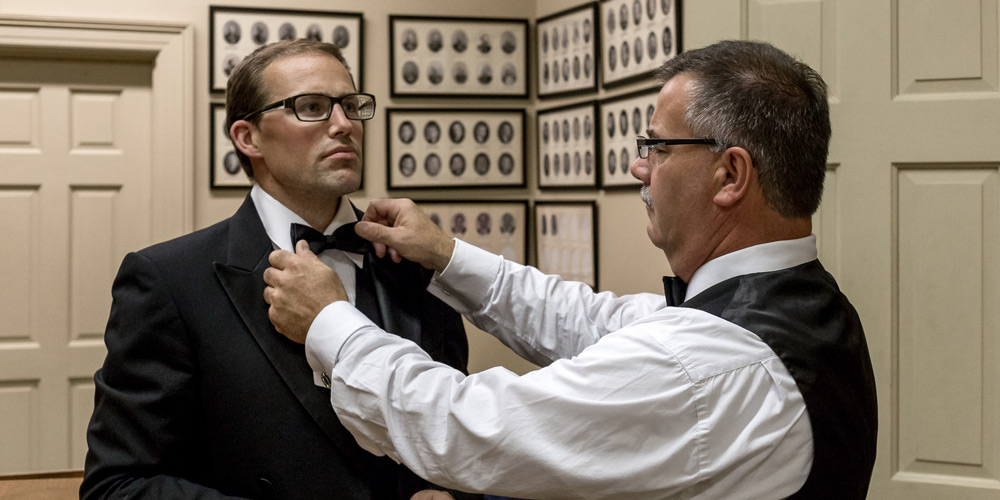Learn the Traditions and Secrets to Join Freemason Across the World
Wiki Article
Checking Out the Mysteries of the Freemason: What You Required to Know
The Freemason, a term typically shrouded in intrigue and dispute, stands for a complicated tapestry of historic truth and contemporary myth. Established in the late 18th century, this secret society was initially rooted in the Enlightenment's ideals yet has actually given that come to be identified with conspiracy theory theories about elite control. As we navigate the beginnings, vital numbers, and the plain contrast in between misconception and truth, one should consider how these stories affect contemporary perceptions of power and privacy. What may be exposed through a more detailed exam of these aspects could test long-held presumptions regarding the darkness that stick around in our society.Origins of the Freemason
The beginnings of the Freemason are soaked in a blend of historic intrigue and ideological fervor. Established in 1776 in Ingolstadt, Bavaria, by Adam Weishaupt, the team was originally formed as a secret culture intended at advertising Enlightenment perfects such as factor, secularism, and the separation of church and state. Weishaupt, a professor of canon regulation, sought to challenge the dominating authority of the church and state, which he deemed overbearing establishments stifling intellectual and personal liberty.The Freemason looked for to recruit prominent participants from various societal markets, consisting of national politics, academia, and the arts, to promote a network committed to these Knowledge principles. The society operated under a veil of privacy, using coded language and routines to protect its members from oppression, specifically offered the repressive environment of the time. However, the Freemason dealt with considerable resistance from both governmental authorities and spiritual establishments, which viewed the group as a threat to their power.
Trick Numbers and Participants
That were the essential numbers that formed the Freemason's early influence and direction? The Bavarian Freemason, established in 1776 by Adam Weishaupt, emerged as a reaction to the oppressive societal structures of the moment. how to become a freemason. Weishaupt, a regulation teacher, pictured the company as a way to promote Enlightenment ideals such as reason, secularism, and equal rights. His first employment efforts included influential pundits, such as Baron von Knigge, that played a critical duty in increasing the team's membership and organizational framework.One more significant number was Johann Gottlieb Fichte, a noticeable theorist whose ideas on nationalism and education and learning resonated with the Freemason's goals. Fichte was not an official member, his thoughtful foundations influenced the team's ideology. In addition, figures like the author and philosopher Johann Wolfgang von Goethe were related to the broader intellectual motions of the moment, although their straight participation with the Freemason remains debated.
These crucial numbers contributed to the Freemason's very early instructions, pushing the limits of political and social thought, while their cumulative initiatives aimed to test recognized standards and promote a climate of dynamic change in Europe.
Myths vs. Reality
Many mistaken beliefs border the Freemason, frequently mixing reality with fiction in a way that obscures its true nature. The concept that the Freemason proceeds to apply substantial influence over world events is a misconception - how to become a freemason.An additional widespread myth is that the Freemason comprises a network of elite individuals controling international events. Actually, many conspiracy theories exaggerate the group's relevance, connecting misguided objectives to social fads and occasions. This has actually led to an oversimplified view of complex issues.

Modern Analyses
Contemporary interpretations of the Freemason usually reflect wider social anxiousness and an attraction with privacy and power. This modern lens frequently associates the Freemason with conspiracy theories that suggest a hidden elite orchestrates world events, controling governments and economic climates for their very own gain. Such narratives use a deep-seated mistrust of authority, particularly in times of crisis or social upheaval.
Moreover, some modern analyses mount the Freemason as an allegory for the complexities of globalization and the interconnectedness of influential people and organizations. This perspective encourages a vital assessment of just how power characteristics run in today's world, highlighting the balance in between openness and secrecy in governance and company techniques.
Cultural Impact and Heritage
Influenced by centuries of intrigue, the social effect and legacy of the Freemason extend much beyond its historical beginnings. This secret society, developed in the late 18th century, has actually permeated various elements of prominent culture, from literary works and film to songs and art. The idea of the Freemason has advanced right into a sign of conspiracy theory concepts, frequently representing a regarded covert power adjusting worldwide events.In literature, writers like Dan Brown have woven the Freemason right into complex plots, fascinating readers with motifs of secrecy and power. Movies such as "National Treasure" and "The Da Vinci Code" better continue the attraction of the society, mixing fact with fiction to develop engaging stories.
The Freemason's influence also extends right into songs, with artists referencing the company to evoke styles of disobedience and societal review. This portrayal has actually contributed to an attraction with the concept of clandestine teams controlling the levers of power, mirroring societal anxiousness about authority and openness.
Inevitably, the Freemason's legacy is an intricate tapestry of misconception and reality, shaping assumptions of privacy and control in contemporary discussion. Its long-lasting presence in society underscores humankind's perennial pursuit for understanding concealed facts.
Conclusion
The exploration of the Freemason exposes an intricate interaction between historic realities and modern myth-making. Founded in the Enlightenment age, this culture intended to test overbearing structures, yet its legacy has been eclipsed by conspiracy theory concepts that recommend elite manipulation. Understanding the distinctions between the original perfects and contemporary interpretations is vital for understanding the withstanding attraction with the Freemason and its substantial impact on social stories bordering power and secrecy in culture.Report this wiki page